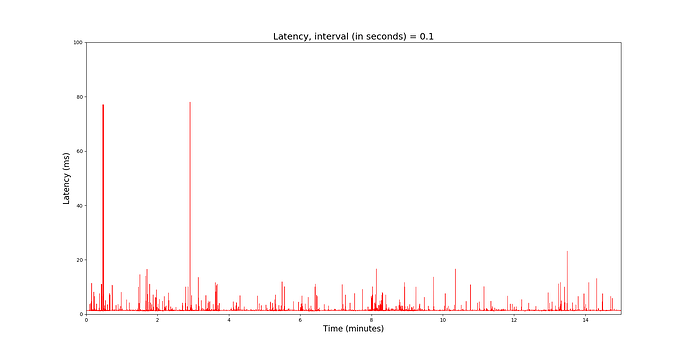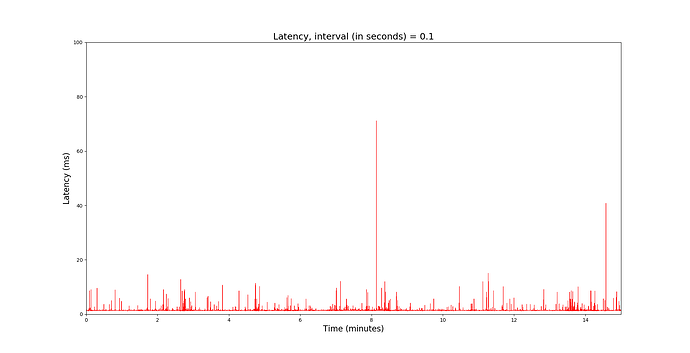To save time I did 100ms interval ping.
My r7800 is supposedly a "new" one with numbers printed on the antenna instead of yellow stickers.
Ping host is ethernet wired to r7800, the r7800 has the physical wan port bridged to lan, and running wireless client mode for internet at the same time. Server that responds to ping is ethernet wired to physical wan port. Both server and host are on same subnet.
I also experience no lags in csgo (consistent <30ms latency) using my r7800 as a wireless client.
Note the pings were done when I am using the computer. wan and lan interface is bridged. internet is through wlan0 interface.
Default: ping with conntrack enabled. Note even though nat is enabled in this case, I don't technically need it for internet because I offloaded nat in the main gateway router to handle nat for 192.168.4.0/24.
variant1: ping with empty iptables rules for nat and filter, but conntrack is still enabled. i.e.
cat /proc/net/nf_conntrack
is not empty and shows connections
variant2: ping with all netfilter modules unloaded


